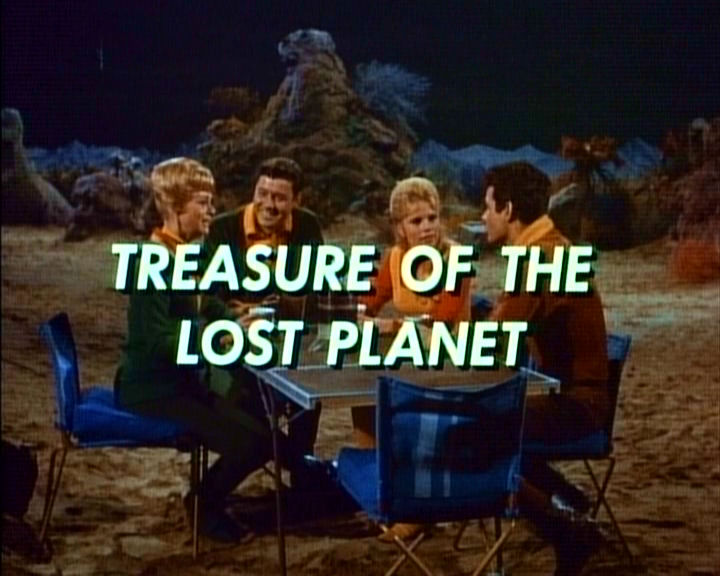
Posted on 05/23/2016 5:24:39 PM PDT by LibWhacker
Scientists have been searching for the origin of some of the most precious metals on Earth - including gold, silver, and platinum - for almost six decades. And now we might finally have the answer.
Heavy, and often valuable elements like these are called r-process elements, and they require an incredible amount of energy to produce. So far, no one's been able to explain how they came to exist in the Universe.
But the discovery that an ancient dwarf galaxy called Reticulum II - about 98,000 light-years from Earth - has stars that contain a "whopping" amount of these metals could finally bring an end to this mystery.
"Understanding how heavy, r-process elements are formed is one of hardest problems in nuclear physics," said one of the team, physicist Anna Frebel from MIT.
"The production of these really heavy elements takes so much energy that it's nearly impossible to make them experimentally. The process for making them just doesn't work on Earth. So we have had to use the stars and the objects in the cosmos as our lab."
Discovered just last year, the tiny Reticulum II galaxy is orbiting our own Milky Way, and is one of the closest dwarf galaxies ever found. It's considered one of the best candidates for detecting the famously elusive dark matter, and now it also looks like the best place for us to figure out how some of our favourite elements originated in the Universe.
By analysing the starlight from several of the brightest stars in the Reticulum II galaxy using the Magellan telescopes at the Las Campanas Observatory in Chile, Frebel and her team determined that they contained massive amounts of r-process elements. But here's the thing - there's no way they could have produced them on their own.
"When we read off the r-process content of that first star in our telescope, it just looked wrong, like it could not have come out of this galaxy!" said one of the team, graduate student Alexander Ji. "I spent a long time making sure the telescope was pointed at the right star."
The name r-process comes from the system scientists think is used to create elements like gold, uranium, and lead, called rapid neutron-capture.
Back in 1957, physicists Hans Suess and Harold Urey demonstrated that some kind of rapid capture of neutrons was needed to originally forge these elements, and suggested that somewhere in the Universe, a place filled with extreme conditions and crazy amounts of neutrons is where these elements came to be.
They hypothesised that giant star explosions and rare merges of neutrons stars - the densest stars in our Universe - were the most likely scenarios for this to take place, but they had no proof, so the origins of r-process elements remained a mystery.
Knowing that neutron star collisions are common in the very early stages of dwarf galaxies such as Reticulum II - which is now loaded with r-process elements as a result - the team says this provides further evidence that Suess and Urey were right.
The results have been published in Nature.
"Their study is indeed a smoking gun that exotic neutron star mergers were occurring very early in the history of this particular dwarf galaxy, and for that matter, likely in many other small galaxies," astronomer Enrico Ramirez-Ruiz from the University of California, Santa Cruz, who wasn't involved in the research, said at a roundtable discussion of the results last week.
"Neutron star mergers are therefore probably responsible for the bulk of the precious substances we call r-process elements throughout the Universe."
So how did all the gold, silver, uranium, lead, platinum, and other r-process elements end up on Earth? The team thinks they were created in dwarf galaxy neutron star explosions, got embedded into stars and asteroids at the time, and then transported all the way to our planet.
"Something to think about is that all the gold originally here on Earth sank into the planet's centre because the early Earth was molten," said Ramirez-Ruiz. "So all the gold we have today on or near the surface is from asteroid impacts."
"As we've been saying, the gold wasn't made in the asteroids, it was probably made in a neutron star merger," Frebel adds. "It then mixed into the cloud of gas and dust in which all the asteroids and planets formed. That gold was then transported to us on Earth as a special delivery."
What's crazy is that these star mergers were actually extremely rare in the early Universe, which means much of the gold atoms, for example, likely came from the same collisions.
"Because just one of these neutron star mergers produced so much gold, probably all of the gold atoms that are in the four of us in this roundtable discussion came from the same event," said Ramirez-Ruiz. "So we're not only linked by genetics, but by these exotic phenomena that happen in the Universe."
So not only are we all made of stars, we all contain precious metals born from the same cosmic collisions that happened billions of years ago, the results of which somehow made it into our own cells today. Go hug your nearest pet, because that is freaking awesome.
This will most definately open up a can of worms. I can just see Little People of American filing suit for the use of the word dwarf. If the Indians don’t want the Washington Redskins, (and polls say they really don’t care), then just get ready for this suit.
red

They posit it as rare because they can’t even prove neutron stars - a physical absurdity - exist. This kind of hypothesis is what you get when you have grant-driven institutional science unaccountable for the divergence of its conclusions with observational evidence.
Thus, it is dogma that physical absurdities like black holes, neutron stars, dark matter/dark energy, and pulsars exist, because government money is spent to study them and no government money is spent on alternative theories that may better explain the phenomena we see.
Here’s an interesting discussion of neutron stars which may prove enlightening: http://www.youtube.com/watch?v=tiPmoFmBnN8
My thoughts exactly.
So the streets there are paved with gold?
Astronomers have identified thousands of them.
Unless you know of another way to explain what they’re seeing.

Unless the star explodes distributing the materials, how is it that the materials are made available???
Renamed “Rectum II”.
Gold is a dangerous substance. If placed on a woman’s finger, it can short-circuit the nerves to her vagina.
It does explode. When neutron stars merge, they go supernova, throwing out quadrillions of tons of material. The rest collapses into a black hole. Or so I’ve read.
Claim it for yourself and sell shares ..... Can I be your partner?
Might do as well as selling "carbon credits" which are just as useless but made Gore and others really rich.
Thanks LibWhacker, extra to APoD.
“Because just one of these neutron star mergers produced so much gold, probably all of the gold atoms that are in the four of us in this roundtable discussion came from the same event,” said Ramirez-Ruiz. “So we’re not only linked by genetics, but by these exotic phenomena that happen in the Universe.”
...
And now we’ve created gravity wave detectors that will be able to see these neutron star mergers.
Don't read further if you are fond of sleeping:
What really sinks to the middle is the heavy metals, most notably uranium.
Yes, the core of our planet is a nuclear reactor.
And more uranium is sinking towards the core over time.
When enough arrives the core goes hypercritical and explodes.
Just like what happened to the planet between Mars and Jupiter.
Sweet dreams...
Re: “When enough Uranium arrives the core goes hypercritical and explodes.”
That’s extraordinary.
I had no idea.
What’s the ballpark percentage of rocky planets that will explode, before their dying sun gobbles them up, anyway.
I’ll guess that even some gaseous planets are susceptible to this.
In out system, about 10%...
Disclaimer: Opinions posted on Free Republic are those of the individual posters and do not necessarily represent the opinion of Free Republic or its management. All materials posted herein are protected by copyright law and the exemption for fair use of copyrighted works.